As England axes the last of its Covid regulations, Nicola Sturgeon is extending Scotland’s – saying that mask wearing in shops, on buses, trains and taxis will be continued ‘for a further short period’. You can see why. Cases are surging and Scottish hospitals have more Covid patients than at any point during the winter. Weekly Covid-related deaths are 14 per cent higher than in England.
But given that England didn’t bring in any additional Christmas restrictions and ended mask wearing at the end of January – and now has lower Covid cases than Scotland – it seems fair to ask: will Sturgeon’s measures actually help?
When Omicron reached Britain’s shores in November, questionable modelling from Sage piled immense pressure on the government to take action and lockdown. In the end though, the flaws in Sage’s models were pointed out and their assumptions questioned by cabinet ministers, leading Boris to let Christmas go ahead without new restrictions. This decision has since been vindicated: England has had no excess deaths this winter and since the start of the year weekly deaths have been 7 per cent below the five-year average. Hospitalisations ended up peaking 40 per cent lower than the Delta wave in England and the number of beds occupied by Covid patients were at half the previous peak.
In Scotland it has been a different story. On 21 December Sturgeon imposed a ten-day household quarantine for Covid contacts, made table service compulsory for hospitality and forced nightclubs to close. The regulations were drafted so tightly that other venues such as theatres and football grounds were effectively forced to shut right before the busy Christmas season. But what has been the result?
1. Scottish people were more willing to adhere to restrictions.
Data from Imperial College and YouGov’s behaviour tracker showed that throughout the pandemic Scots were more likely to wear masks than in England (over 70 per cent compared to under 60 per cent) and during the Omicron period worked from home and ‘avoided large social gatherings’ in larger numbers than those south of Gretna Green.
2. But more Scots ended up hospitalised from the first Omicron wave
Despite the stricter restrictions there were high daily admissions in Scotland for much of the winter. From early autumn to Christmas, Scotland had considerably higher hospitalisation rates than England – a gap that has widened again since February.
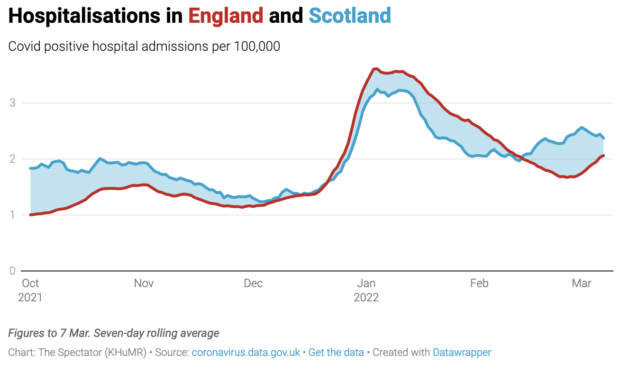
3. And there are now more Covid patients than ever in some Scottish hospitals
The additional measures seem to have done nothing to ease pressures on the NHS. There are more Scots in hospital now than at any point during the winter, or indeed during Covid’s first wave of April 2020. Two of Scotland’s largest health boards: Lothian and Greater Glasgow and Clyde have more Covid patients now than at any point during the pandemic.
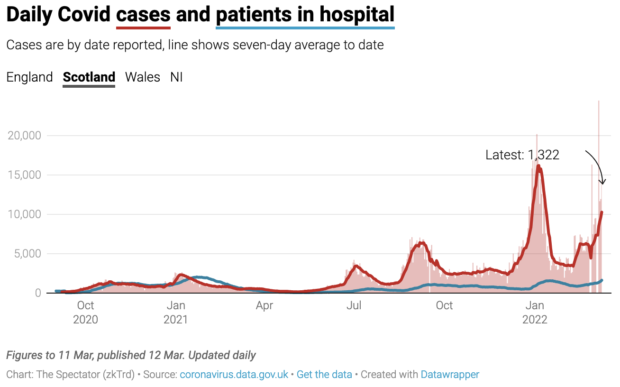
It’s affecting staffing levels too. Geraldine Marsh, Associate Nurse Director at NHS Lothian told BBC Reporting Scotland last night that: ‘a lot of our staff are off with Covid now. Certainly more than there was in the first and second wave.’
4. There is no difference in death rates
Since the new year, England has seen some 9,780 deaths ‘involving’ Covid, equating to 173 per million people. Scotland has seen 939, which is 172 per million. So adjusting for population, there has been no statistical difference in the amount of deaths from Omicron in England and Scotland, despite one part of the country having harsher measures.
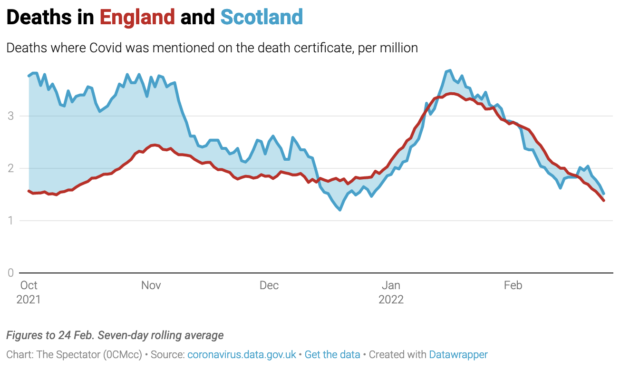
5. For the last three weeks Covid has been surging ahead in Scotland
The gold standard for measuring cases, the ONS infection survey, shows cases have been rising in Scotland for the last few weeks. The ONS estimates show a higher percentage of Scots testing positive for Covid in Scotland than in England since the middle of last month. In the week to 5 March, 5.7 per cent were testing positive in Scotland, compared to 4 per cent in England.
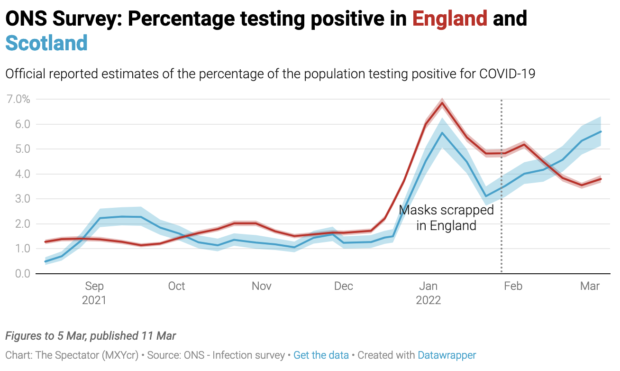
ONS data also tells us that Scotland has seen a faster spread of the Omicron subvariant BA.2 than England. Sturgeon says it now makes up some 80 per cent of cases – and scientists believe it is even more transmissible.
It’s quite possible this explains Scotland’s rising cases now, and England could well follow suit soon. The ONS says cases are increasing and hospitalisations have increased nearly 20 per cent in a week in England. But the fact that cases are still rising at comparable rates in both Scotland and England, which have very different restrictions in place, should tell us something.
Although it will take time to measure, it’s clear these lingering restrictions will have taken a toll on Scotland’s economic and social recovery. While English businesses have reopened and hospitality venues are filling up again, Scotland is emerging from the pandemic at a snail’s pace. Whatever measure you look at – cases, hospitalisations or deaths – Scotland fared no better than England over the last year. Scots are right to wonder if it’s been worth it.
Got something to add? Join the discussion and comment below.
Get 10 issues for just $10
Subscribe to The Spectator Australia today for the next 10 magazine issues, plus full online access, for just $10.

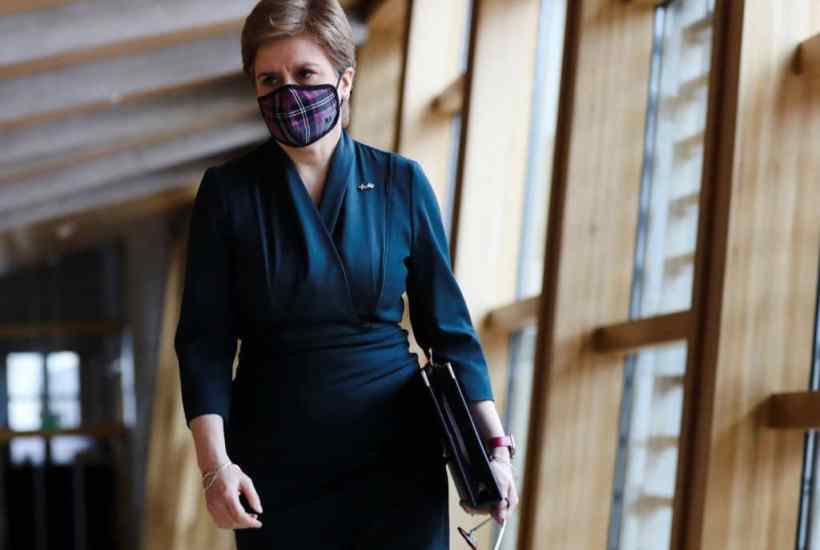

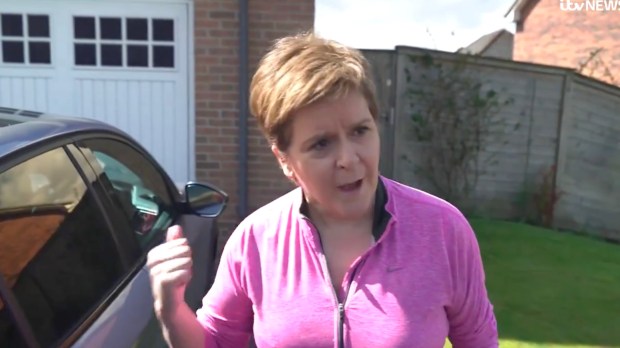
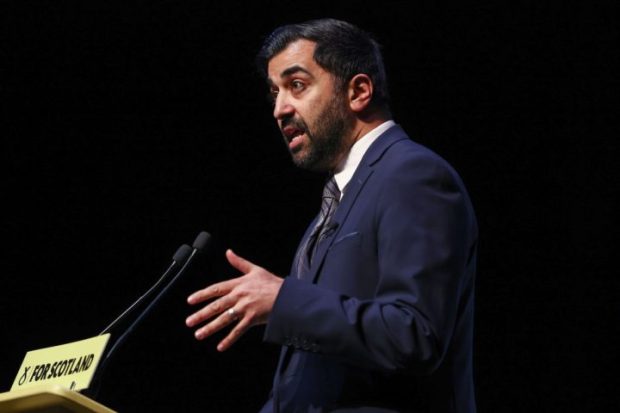
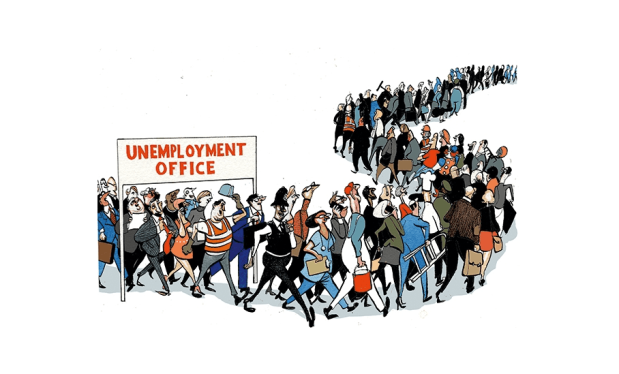













Comments
Don't miss out
Join the conversation with other Spectator Australia readers. Subscribe to leave a comment.
SUBSCRIBEAlready a subscriber? Log in